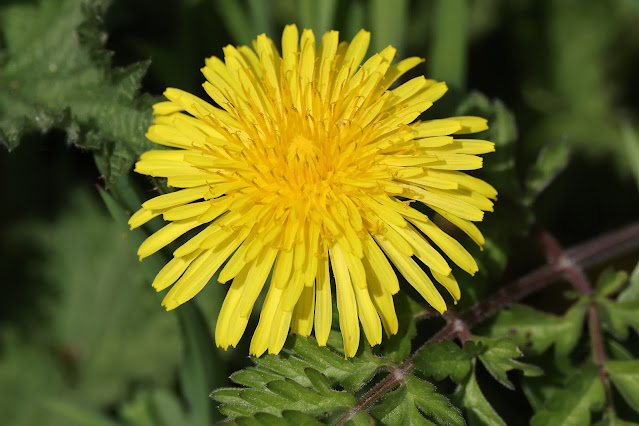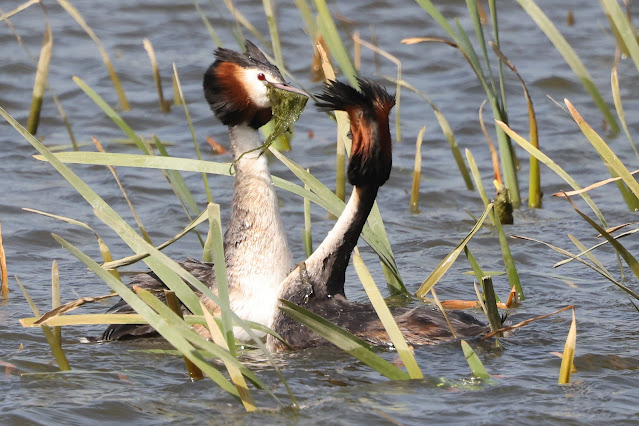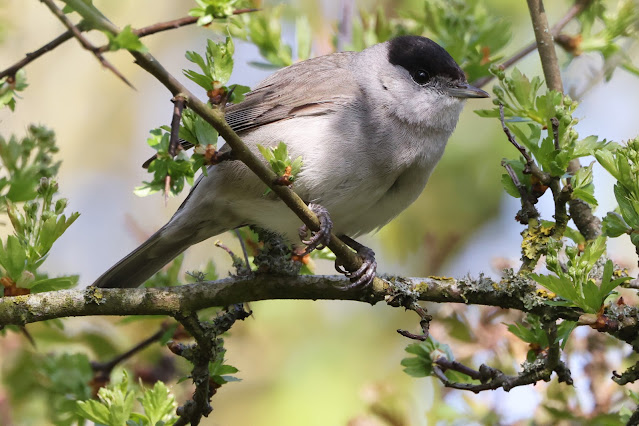18th April 2023
Although the Kentish Plover was long gone, time for a visit to Summer Leys in search of spring migrants. The area around the car park was quite colourful with a number of spring flowers in bloom, all individually named.
 |
Common Storksbill |
 |
Dandelion |
 |
Dog Violet |
 |
Ground Ivy |
 |
Hedge Garlic |
 |
Red Dead-nettle There were also a few butterflies about including Brimstones and Orange-tips, but this Peacock was the only one that settled long enough for a photo................ |
.....................and this was my first hoverfly of the year, a species of Syrphus.`
At the Rotary Hide the Mute Swans were quite active giving some opportunities for some flight shots, and the Oystercatcher was on patrol while its mate was on the nest incubating the eggs.
The pair of Great Crested Grebes were practising their weed dance, but a rather subdued affair compared to some.
Along the woodland trail to the feeding station a number of Chiffchaffs and Blackcaps were singing, and luckily along here there are some open areas suitable for photograhing these songsters and they were very obliging.
The feeding station was a little quiet now that the winter months are largely behind us and although there were also Greenfinches and Reed Buntings present, it was the Golfinches and Bullfinches that put on the best show.
Out by the water's edge a Great White Egret was fishing in the shallows. Just look at the length of that neck!!
So what was the unexpected surprise? Well, we had seen a White Stork fly over and were walking along the old railway to try and relocate it when we came across a concrete structure to one side of the path, and I was puzzled why the path was re-directed round the structure rather than through it as was possible.
It turns out that this is an old loading ramp that was built during gravel extraction and used to transfer gravel from the dumper trucks to a conveyor belt that ran along the old railway. Originally there were seven drainage holes in the side of the dock and from 2002 onwards these were used as nest holes by Sand Martins.
During March 2014 50 more holes were drilled in the wall to hopefully increase the size of the Sand Martin colony.
The finished wall is most impressive and it is now clear why this old concrete structure is fenced off and the path re-routed round the outside.
I don't know how many pairs of Sand Martins use the wall, but when we were there there were at least 20 birds milling around with many staking their claim on their preferred hole. I am always impressed when they find their hole on a sandy cliff face but at least there the holes look different, so this must be a bit more of a challenge.
Reference: Northants Birds, Shifting Sands, Mike Alibone, May 1st 2014.




























No comments:
Post a Comment
Note: only a member of this blog may post a comment.